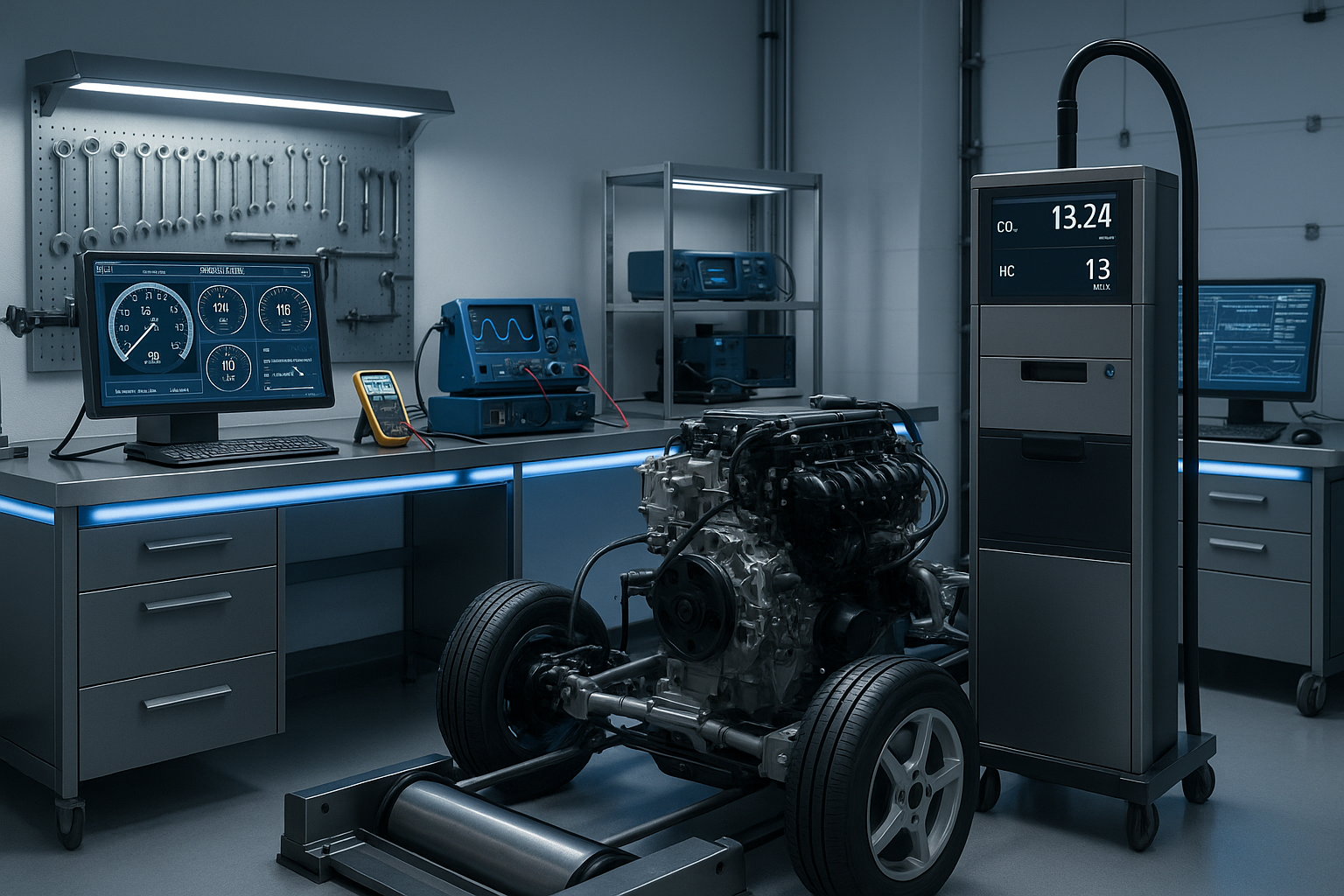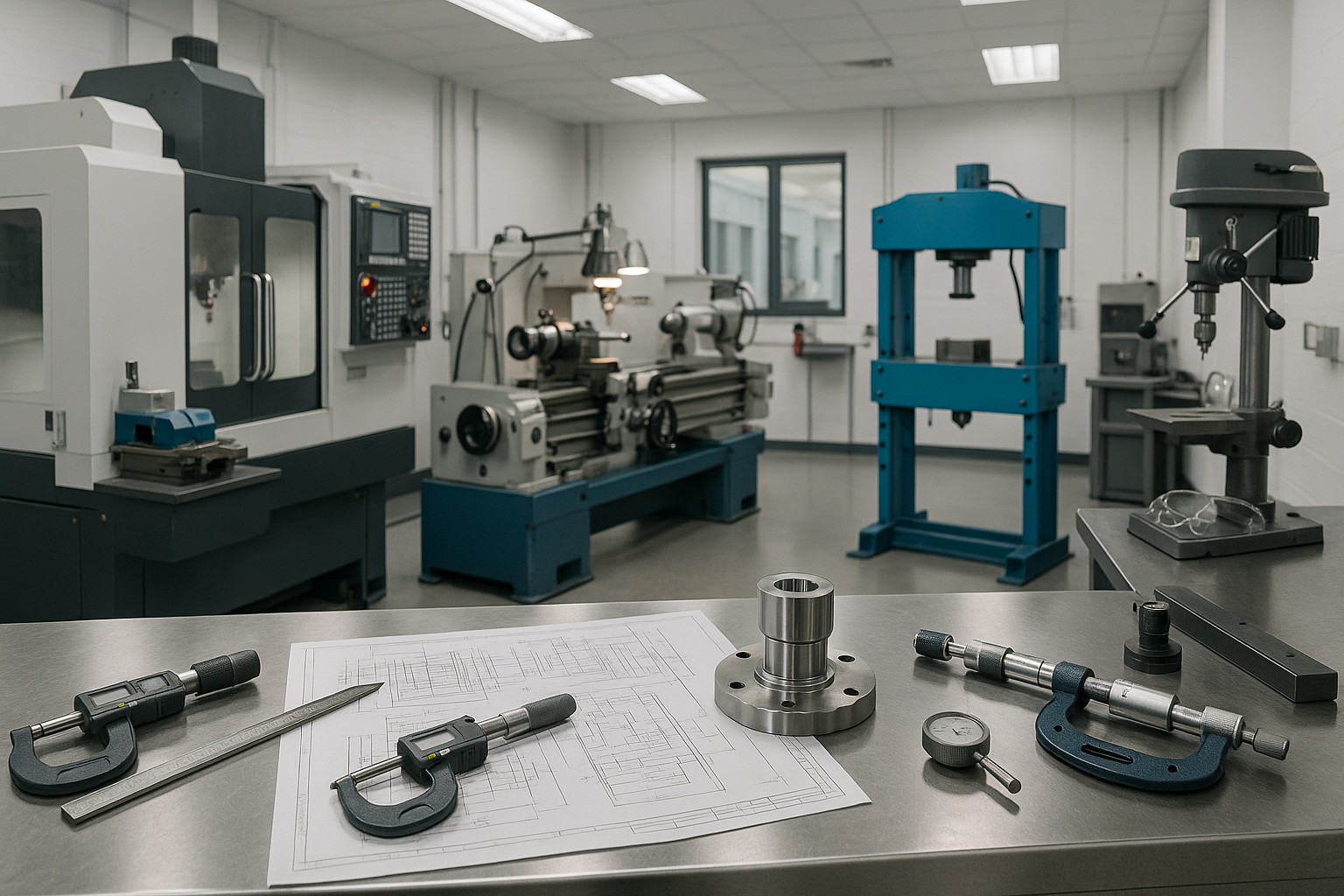Adapters: Understanding Adapters in the Modern Context
Adapters play a crucial role in bridging the gap between different systems, devices, and technologies. They serve as intermediaries that enable compatibility and communication among products that may not inherently understand each other. This essential guide to understanding adapters will delve into their various types, functions, applications, and importance across diverse industries.
In the context of technology and computing, adapters refer to hardware or software components that allow two devices or systems to communicate with each other despite differences in their interfaces or protocols.
Hardware adapters are physical devices that are used to connect two different pieces of hardware that would otherwise be incompatible. For example, a USB to Ethernet adapter might be used to connect a computer without an Ethernet port to a wired network.
Software adapters, on the other hand, are pieces of code or middleware that allow software applications to communicate with each other or with different systems. These adapters often act as a bridge between different protocols, allowing applications to exchange data even if they are using different communication standards.
Adapters can also be specific to certain systems or applications. For example, a database adapter might be used to allow a web application to communicate with a specific database management system. Similarly, a messaging adapter might be used to enable communication between different messaging systems.
Overall, adapters are an important tool in technology that allow for interoperability between different systems and devices, ultimately enabling more seamless communication and integration between them.
LABORATORYDEAL India maintains a good quality assurance of all its products and provides lab equipment at affordable and eco-friendly rates. The company provides lab equipment throughout and outside the country and has a network of dealers and distributors in various states, including Andhra Pradesh, Arunachal Pradesh, Assam, Bihar, Chhattisgarh, Goa, Gujarat, Haryana, Himachal Pradesh, Jharkhand, Karnataka, Kerala, Madhya Pradesh, Maharashtra, Manipur, Meghalaya, Mizoram, Nagaland, Odisha, Punjab, Rajasthan, Sikkim, Tamil Nadu, Telangana, Tripura, Uttar Pradesh, Uttarakhand, and West Bengal
In today's fast-paced technological landscape, the demand for seamless integration between different platforms and devices is higher than ever. Adapters come in handy by facilitating this integration, whether it’s through hardware or software solutions. A basic example of an adapter would be a power adapter that allows a device to connect to a power source with a different plug type, ensuring that it can operate without any issues. Similarly, in software, adapters can transform data formats to ensure smooth interoperability between applications.
To give you a better understanding of adapters, let’s explore the most common categories. First, there are hardware adapters, which include things like USB to Ethernet adaptors, HDMI to VGA adapters, and audio jack converters. Each of these enables the user to connect different hardware components, making them indispensable in many home and office environments.
On the software side, we have API adapters that allow different software applications to communicate with one another. For example, when a mobile application needs to access data from a web service, an API adapter may be employed to convert requests and responses into compatible formats. This makes APIs highly versatile and adaptable to various technological environments.
Furthermore, there are functionality adapters, which allow for new features to be added to existing systems without the need for a complete overhaul. This can occur in programming environments, where decorator patterns or adapter design patterns enable developers to extend and adapt existing code.
This essential guide will further dive into the different applications of adapters in fields like consumer electronics, automotive technology, and information technology. The consumer electronics market showcases the use of adapters extensively, as devices such as gaming consoles, televisions, and mobile devices often require specific adapters to communicate with other hardware. For instance, you may need a specific display adapter to connect your laptop to a projector, underscoring the versatility and necessity of adapters in everyday life.
In the automotive sector, adapters are used to connect diagnostic tools to vehicles, allowing mechanics to access the onboard system’s data. This connectivity enhances the efficiency of vehicle diagnostics and maintenance, illustrating another critical role of adapters.
In the realm of information technology, understanding adapters can significantly improve network design and functionality. Network adapters serve as a bridge between a computer and a network, ensuring that data packets are transmitted correctly. This connection is paramount for maintaining robust and reliable communication within an organization.
As we further explore the types of adapters, it becomes clear that these essential tools are far more than simple connectors. They enable innovation, facilitate communication, and promote interoperability across devices and systems. By comprehensively understanding adapters, you can make informed decisions about the best tools and technologies to use in your projects, be they personal or professional.
In conclusion, adapters are indispensable in today’s interconnected world. They enhance compatibility among various technologies, making it easier for us to use different devices and systems in harmony. As you continue to navigate through this guide, you'll gain invaluable insights into the world of adapters and their critical functions in various domains.









